The War of Attrition, a conflict between Egypt and Israel from 1967 to 1970, marked a distinct phase in the aftermath of the Six-Day War. Characterized by a prolonged stalemate of intermittent hostilities, this largely static war of attrition significantly impacted the region’s political and military dynamics during the late 1960s.
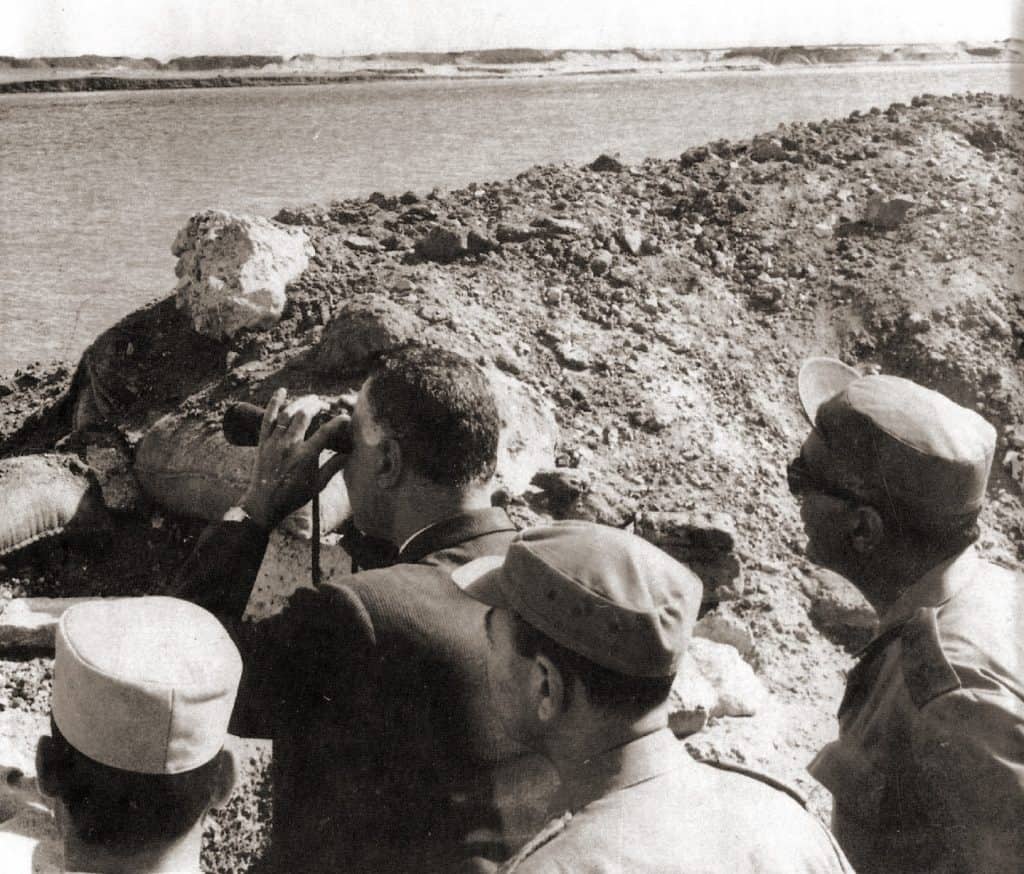
First, the War of Attrition emerged as a direct consequence of the unresolved issues stemming from the Six-Day War. Following their territorial losses in 1967, Egypt and other Arab states sought to regain control over the Sinai Peninsula, while Israel aimed to consolidate its territorial gains and bolster its security.
The course of the Conflict:
Initial Escalations: The conflict began shortly after the Six-Day War, with sporadic cross-border clashes and shelling between Egyptian and Israeli forces in the Suez Canal area. Eventually, these skirmishes gradually escalated into a more prolonged and intense confrontation.
Sustained Battles and Artillery Duels: The war primarily involved artillery barrages, airstrikes, and localized ground offensives along the Suez Canal and the Sinai Peninsula. Both sides used frequent shelling to weaken each other’s forces and infrastructure.
Air Superiority and SAMs: The War of Attrition witnessed the introduction of advanced military technologies. Egypt acquired surface-to-air missile (SAM) systems, particularly Soviet-made S-125 missiles, which challenged Israeli air superiority. This prompted Israel to develop countermeasures and adjust its military strategies.
The Six Day War
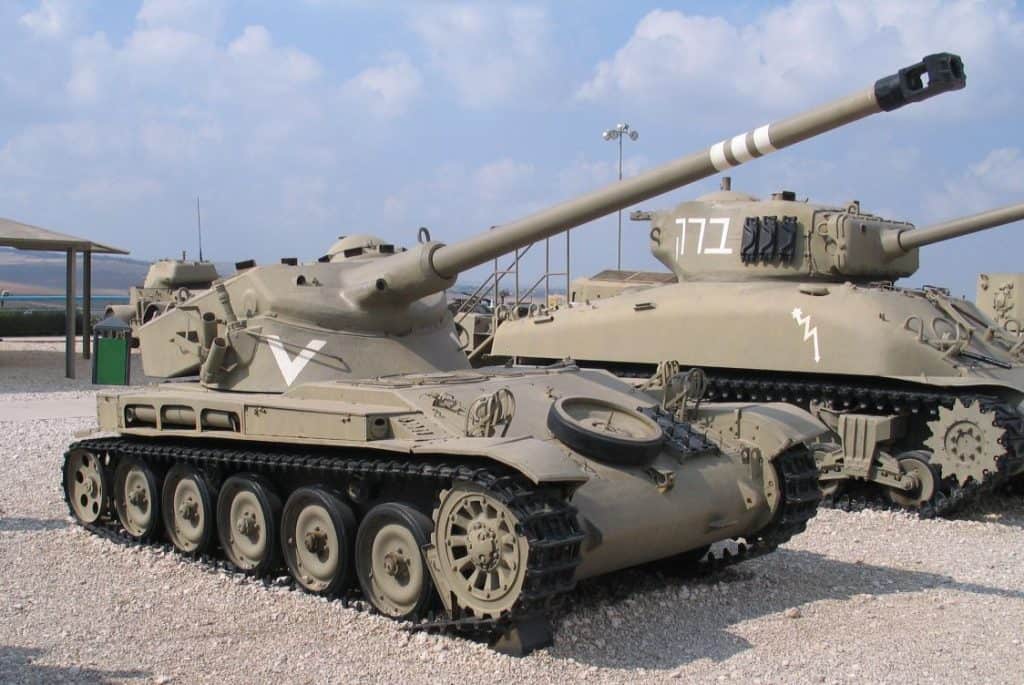
International Involvement: The superpowers, the United States and the Soviet Union, played significant roles in the conflict. They provided military and diplomatic support to their respective allies, Egypt and Israel, to maintain a balance of power and prevent a full-scale war.
Diplomatic Initiatives: So, amid the ongoing hostilities, diplomatic efforts were made to seek a resolution. Various ceasefires, including the Kilometre 101 ceasefire in 1969, were negotiated to de-escalate tensions and establish a temporary calm. However, these truces often proved fragile and short-lived.
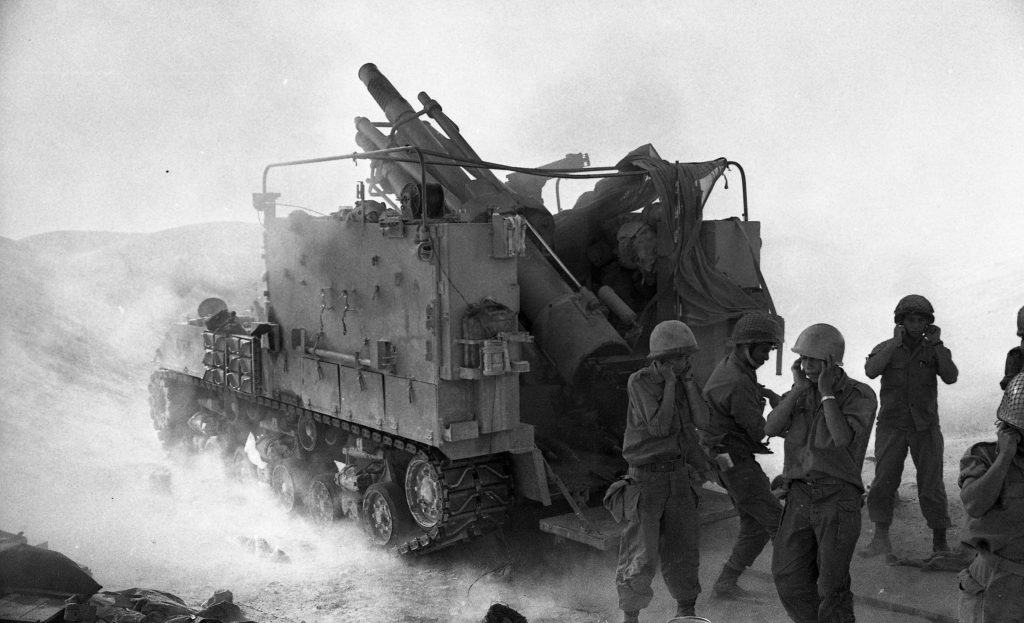
Credit: Photographer: Israel Press and Photo Agency (I.P.P.A.) / Dan Hadani collection, National Library of Israel / CC BY 4.0, CC BY 4.0, via Wikimedia Commons.
Outcome and Impact:
Strategic Stalemate: The War of Attrition resulted in a strategic stalemate, with neither side achieving a decisive victory. The conflict highlighted the limitations of traditional military strategies and emphasized the importance of diplomatic initiatives in resolving disputes.
Losses and Human Toll: The war inflicted heavy casualties and extensive damage on both sides. The prolonged conflict strained the economies and societies of Egypt and Israel, contributing to a climate of exhaustion and a desire for a more stable peace.
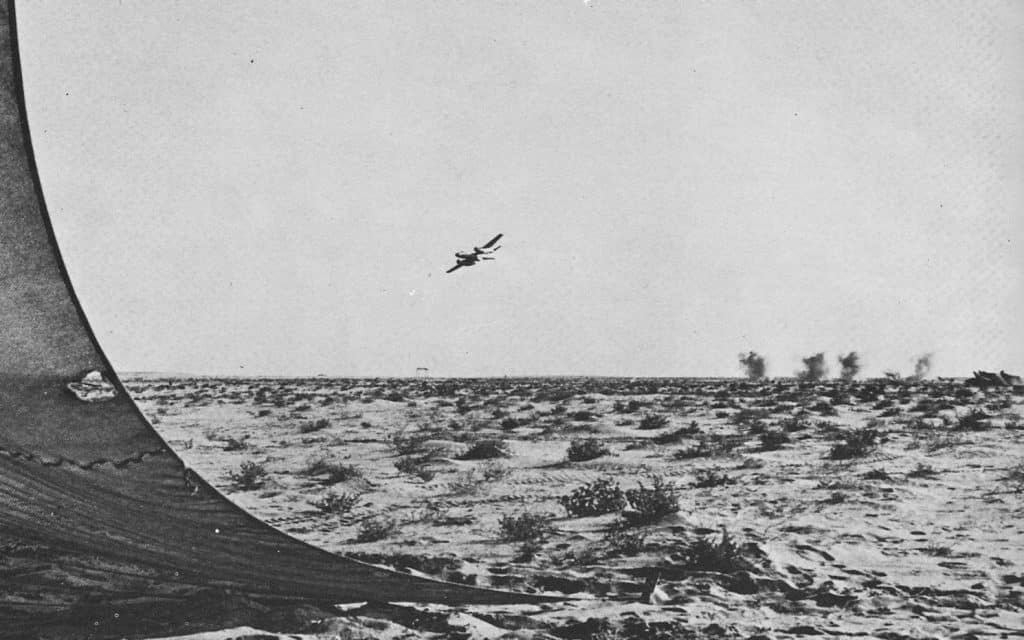
The Shift in International Perceptions: The War of Attrition led to an evolving international perception of the Israeli-Arab conflict. The continuous hostilities challenged the notion that the 1967 Six-Day War had resolved all disputes, underscoring the need for a comprehensive and sustainable peace settlement.
The Precursor to Peace Negotiations: So the protracted nature of the war laid the groundwork for subsequent peace negotiations. The conflict eventually paved the way for the United Nations-brokered ceasefire in 1970, which served as a precursor to the later efforts that culminated in the 1973 Yom Kippur War and subsequent peace agreements.
Latrun Tank Museum
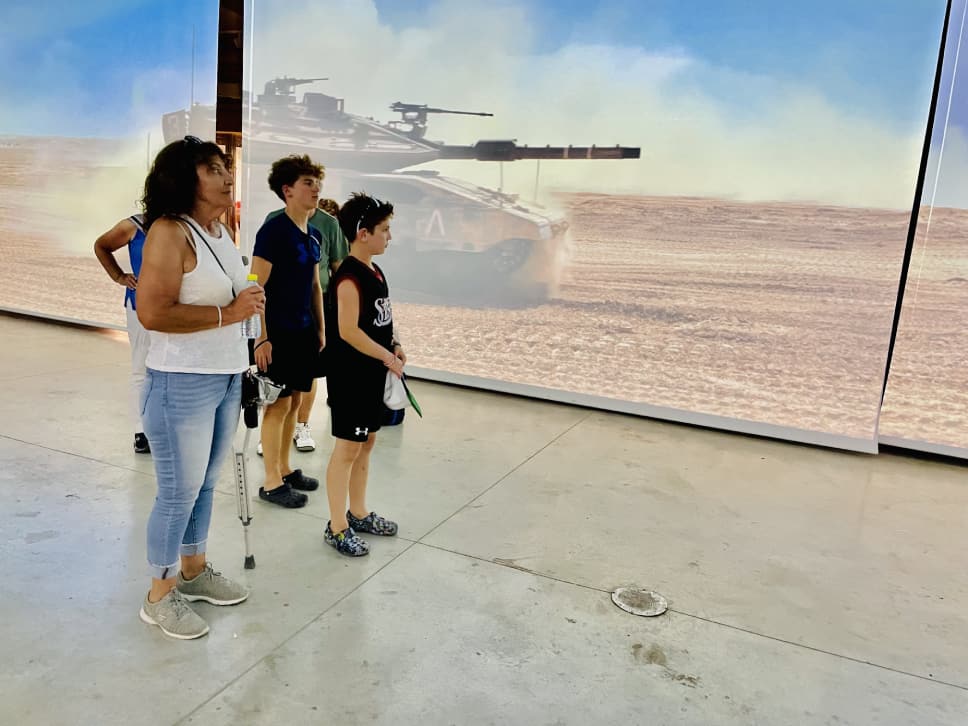
Conclusion:
Last, the War of Attrition, marked by its static nature and protracted hostilities, exemplified the complexities and challenges of resolving deep-rooted conflicts in the Middle East. So while it did not result in a conclusive military victory, the war highlighted the need for diplomatic initiatives and set the stage for future peace negotiations. Ultimately, understanding the dynamics and legacies of the War of Attrition contributes to a comprehensive understanding of the broader Israeli-Arab conflict and the ongoing pursuit of peace in the region.

